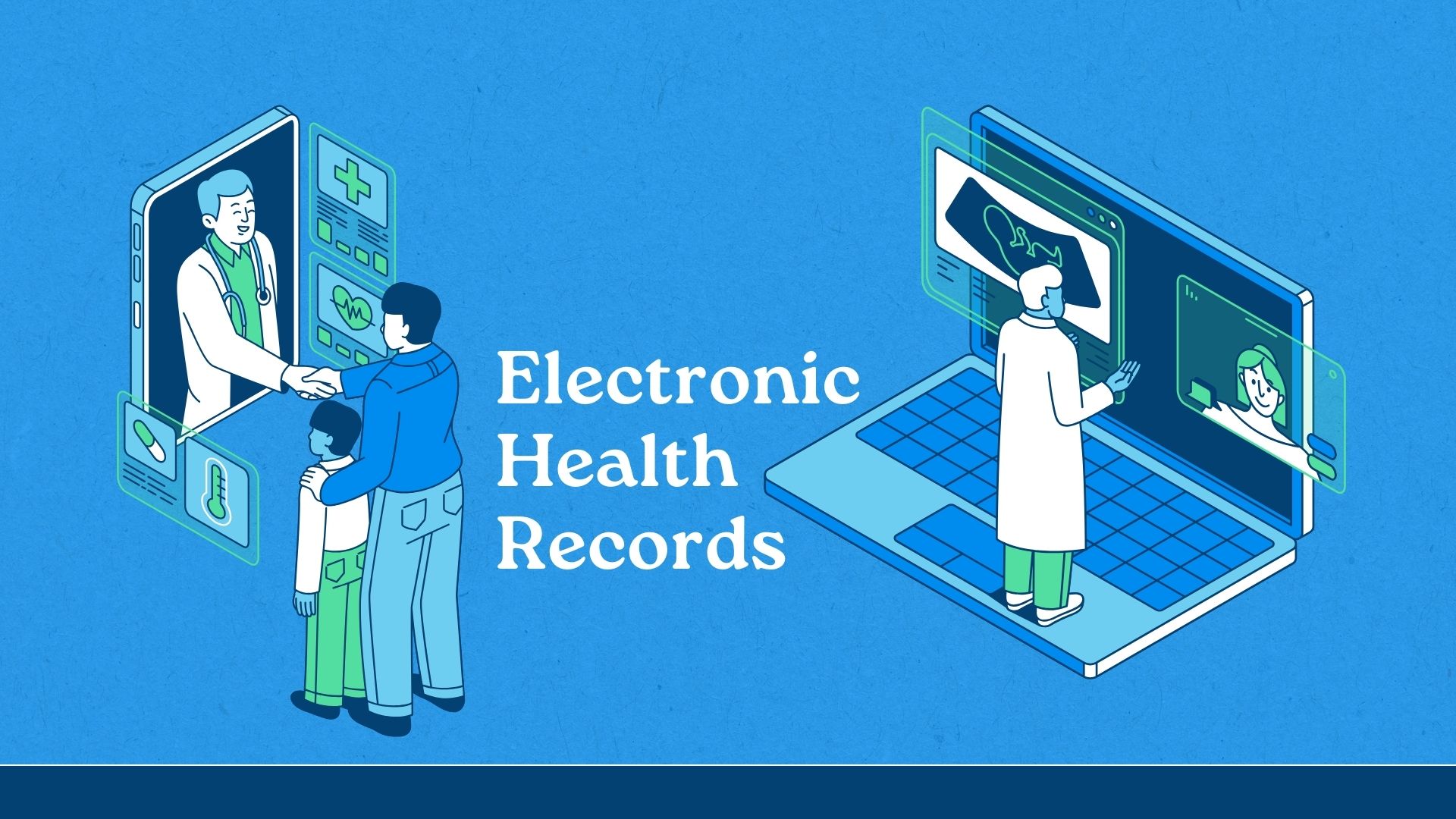The State of eCRM, Part II
 In this, the second part of the inaugural column for the eCRM Guide, I'll cover the remaining three of five trends affecting our industry. In the first column, I discussed the first two industry trends, in which I predict that:
In this, the second part of the inaugural column for the eCRM Guide, I'll cover the remaining three of five trends affecting our industry. In the first column, I discussed the first two industry trends, in which I predict that:
1. We'll learn to better use the Internet as a CRM tool and,
2. Businesses will get smarter about how to use client data.
Here are the remaining three of the five trends:
3. Cross-channel integration will still be a good idea. But it's still mostly an idea.
To reiterate, most businesses today realize that the only sustainable competitive advantage in attracting and retaining customers will be to know them individually and better than anyone else, and to be able to offer them what they want, when they want it.
An important step toward achieving this vision is to integrate offline (call centers, kiosks, point of sale terminals) with online customer-facing operations in order to achieve a unified view of a particular customer. With such an integrated customer view, a global and diverse multi-channel organization could achieve the same sort of intimacy and personalization that the neighborhood shopkeeper has with the local patrons by providing customized service and engendering brand loyalty.
But the ability to integrate the different customer views across multiple channels to create a personalized offering “on the fly” at the point of sale is still a vision, not an actual system (despite what the press releases from certain CRM and eCRM solution vendors would lead you to believe).
A major roadblock to implementing such a system is how to integrate customer data, which comes in both electronic and non-electronic form. Just integrating the electronic customer data feeds, using middleware to translate the different data formats and structures into a common form, is a major challenge in itself. It is not uncommon to have fragmented and disperse views of customers held hostage, essentially creating “islands of computing” within an organization, and those corporations that have a complete and integrated view of their customers are few and far between. One good example of integrating electronic customer information is Harrah's winner's information network (WINet), touted as the gambling industry's first national customer database.
But perhaps even more challenging is a management mindset. I suspect that one of the biggest reasons why there are so few actual integrated customer-facing technical architectures is that there truly is a lack of integrated customer-facing management strategies in place.
The concept of sharing customer information and taking a holistic approach to customer demand is, sadly, still a revolutionary concept to most organizations. Even in the most sophisticated corporate cultures, operating units are loathe to share customer information, and, in fact have strong financial incentives not to cross-sell customers, as the perceived risk of doing so is not adequately rewarded.
Adding to the problem is that many managers still see the Web as a self-service tool to reduce call center customer-handling functions — not an integrated part of customer sales and service. In fact, many companies have added more customer service functionality on their sites, only to see inbound call center traffic and related costs increase instead of decrease (as they had planned).
What they fail to appreciate is that this is good news, not bad. The more value you offer customers, the more interested they become. If they had an integrated customer facing strategy, they would be able to better capitalize upon the increased interest. But most companies don




